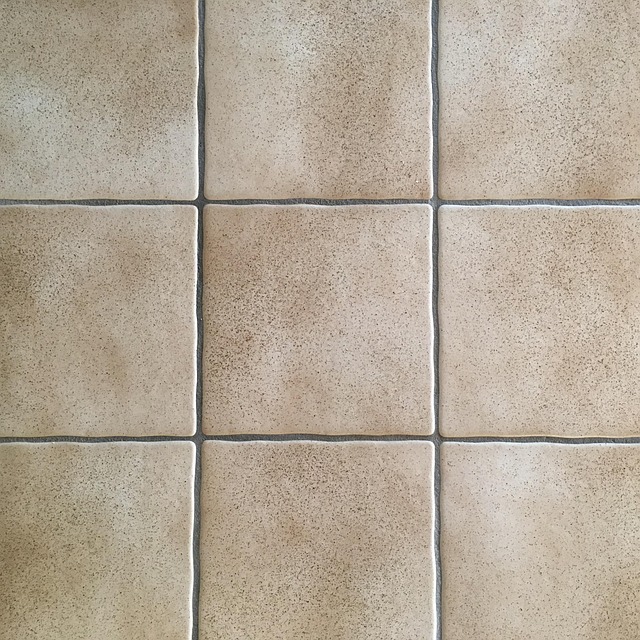Durable Materials for Moisture-Resistant Storage Systems
Effective moisture-resistant storage combines appropriate materials, thoughtful layout, and practical installation to protect belongings and limit mold growth. This article outlines material choices, hardware and installation considerations, design implications for open kitchen and terrace storage, and cost comparisons to help plan robust storage that tolerates damp environments.

Moisture-resistant storage systems protect items from humidity, splashes, and condensation common in kitchens, bathrooms, and outdoor terraces. Choosing durable materials and correct finishes reduces the likelihood of corrosion, staining, and biological growth. This article examines common material choices, hardware and installation issues, health considerations related to microorganisms and moss, how the color palette and home design interact with practical choices, and realistic cost guidance for building resilient shelving.
PVC and resin shelves
PVC and resin shelving offer strong resistance to water, making them a practical choice where humidity is frequent. PVC resists rot and does not corrode, so it is often used in prefabricated shelving and modular storage systems. Resin or polymer-coated shelves can be cleaned with mild detergents and tolerate occasional splashes near a bathtub or sink. When selecting PVC components, check for UV stability if shelves will be exposed to sunlight on a terrace, and confirm load ratings for heavier items like stoneware or glass containers.
Glass, stone, and tile considerations
Glass shelves present a clean aesthetic and are easy to wipe dry, but they require careful hardware choices and tempered glass for safety. Stone and tiles integrate well in homes that favor durable, low-maintenance surfaces; however, stone can absorb water if porous and may need sealing or insulation layers underneath. When mounting glass or stone shelves, ensure that anchors and brackets are rated for the combined weight, and choose finishes that coordinate with the overall color palette of the room to keep a cohesive home design.
Hardware, handrails, and working with a contractor
Quality hardware and correctly installed handrails or support systems are essential for long-term moisture resistance. Stainless steel brackets, galvanized screws, and powder-coated hardware reduce corrosion compared to plain steel. If a contractor is involved, specify moisture-resistant fasteners and appropriate wall anchors for tiles or stone. Contractors can also advise on insulation behind cabinetry or around plumbing penetrations to stop condensation from forming on shelves and handrails. Local services can provide professional installation if you prefer certified workmanship.
Moisture, microorganisms, moss, and health considerations
Persistent dampness encourages microorganisms, including mold, which can affect indoor air quality and health. To minimize growth, prioritize materials with non-porous surfaces, good drainage, and easy-clean finishes. Create ventilation and consider insulation near cold surfaces where condensation forms. Avoid hidden cavities where moss or mildew can establish on terrace or open kitchen shelving. Regular cleaning and occasional disinfecting help maintain hygienic conditions; if there are serious mold concerns, consult a specialist for remediation.
Home design, color palette, open kitchen, and terrace use
Design choices influence material selection: an open kitchen often exposes storage to steam and splashes, so finishes should match the room’s color palette while remaining practical. Lighter tiles and stone can show mineral deposits more easily, while darker finishes may hide stains but reveal dust. On a terrace, choose materials rated for outdoor exposure; consider insulated backing behind shelves to reduce thermal bridging. Thoughtful integration of heated seat or outdoor furniture areas with storage requires pairing aesthetics with durable hardware to maintain a cohesive, functional home setup.
Cost comparisons for materials and providers
When budgeting for moisture-resistant storage, consider both material and installation cost. Basic PVC shelving and polymer-coated metal units are typically less expensive, while tempered glass, natural stone, and stainless steel hardware raise costs. Below are representative products and providers to help compare options.
| Product/Service | Provider | Cost Estimation |
|---|---|---|
| PVC modular shelving (per linear foot) | IKEA / local shelving brands | $15–$40 |
| Resin/plastic shelving unit (freestanding) | Rubbermaid / Seville Classics | $40–$150 |
| Tempered glass wall shelf (per shelf) | Home Depot / local glass shops | $30–$200 |
| Stainless steel brackets and hardware (set) | Home Depot / Lowes | $10–$60 |
| Stone or tile shelf/fabrication (per shelf) | Local fabricators / tile contractors | $80–$400 |
Prices, rates, or cost estimates mentioned in this article are based on the latest available information but may change over time. Independent research is advised before making financial decisions.
Conclusion Selecting moisture-resistant storage hinges on matching materials to the environment: PVC and resin for near-sink or bathtub zones, tempered glass for a refined look, and stainless hardware where corrosion is a concern. Account for health risks from microorganisms by prioritizing non-porous surfaces, ventilation, and easy-clean fits. Coordinate choices with your home design and the color palette so functional storage also complements open kitchens and terraces. Finally, review cost estimates from local services and providers to find the balance between durability and budget.






